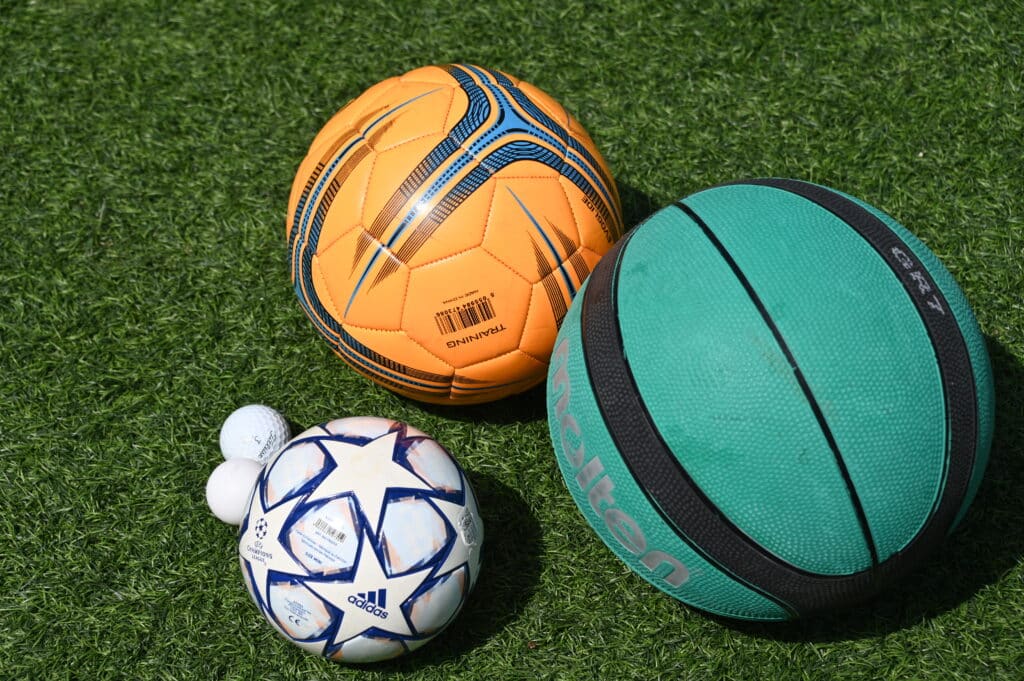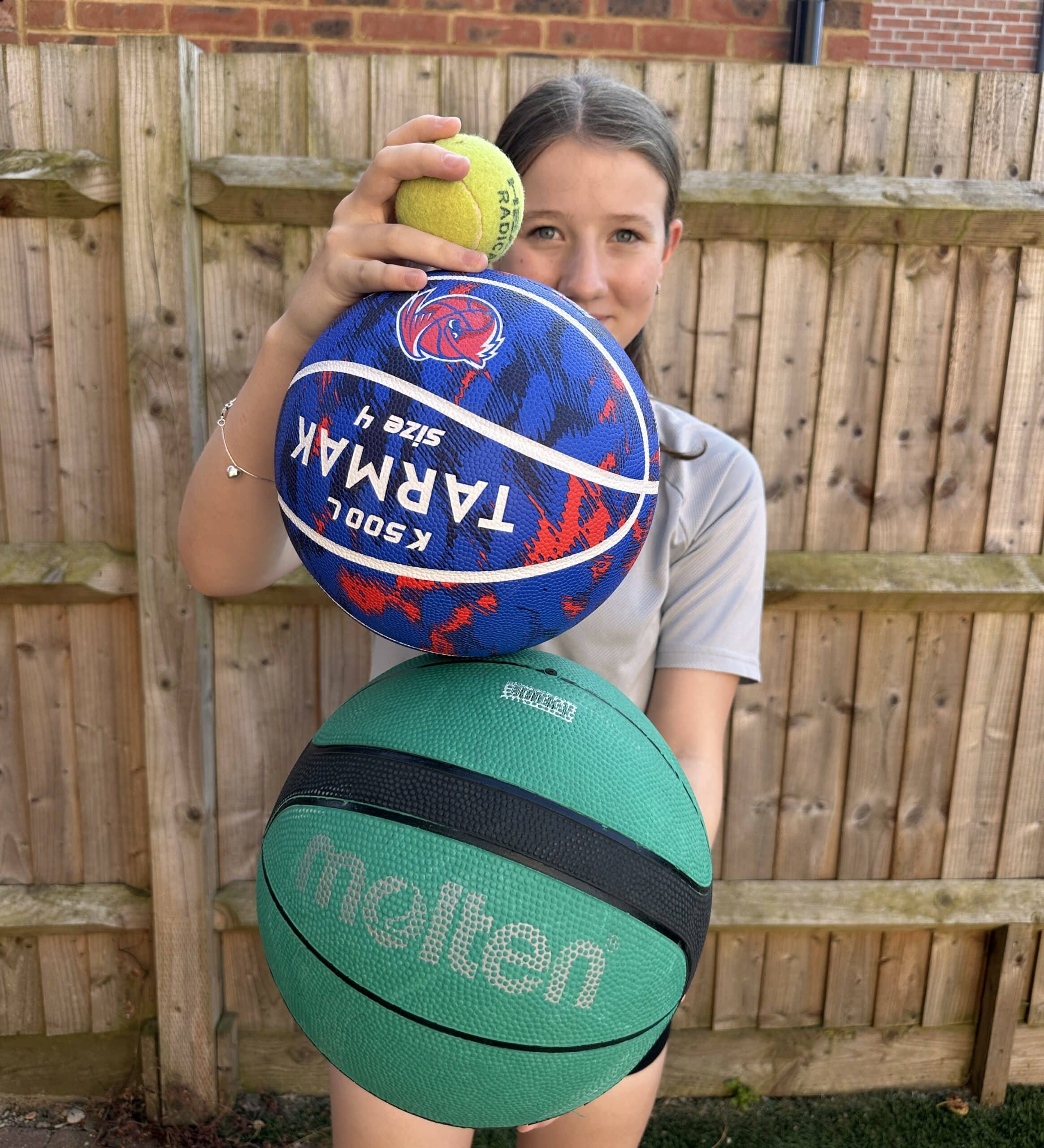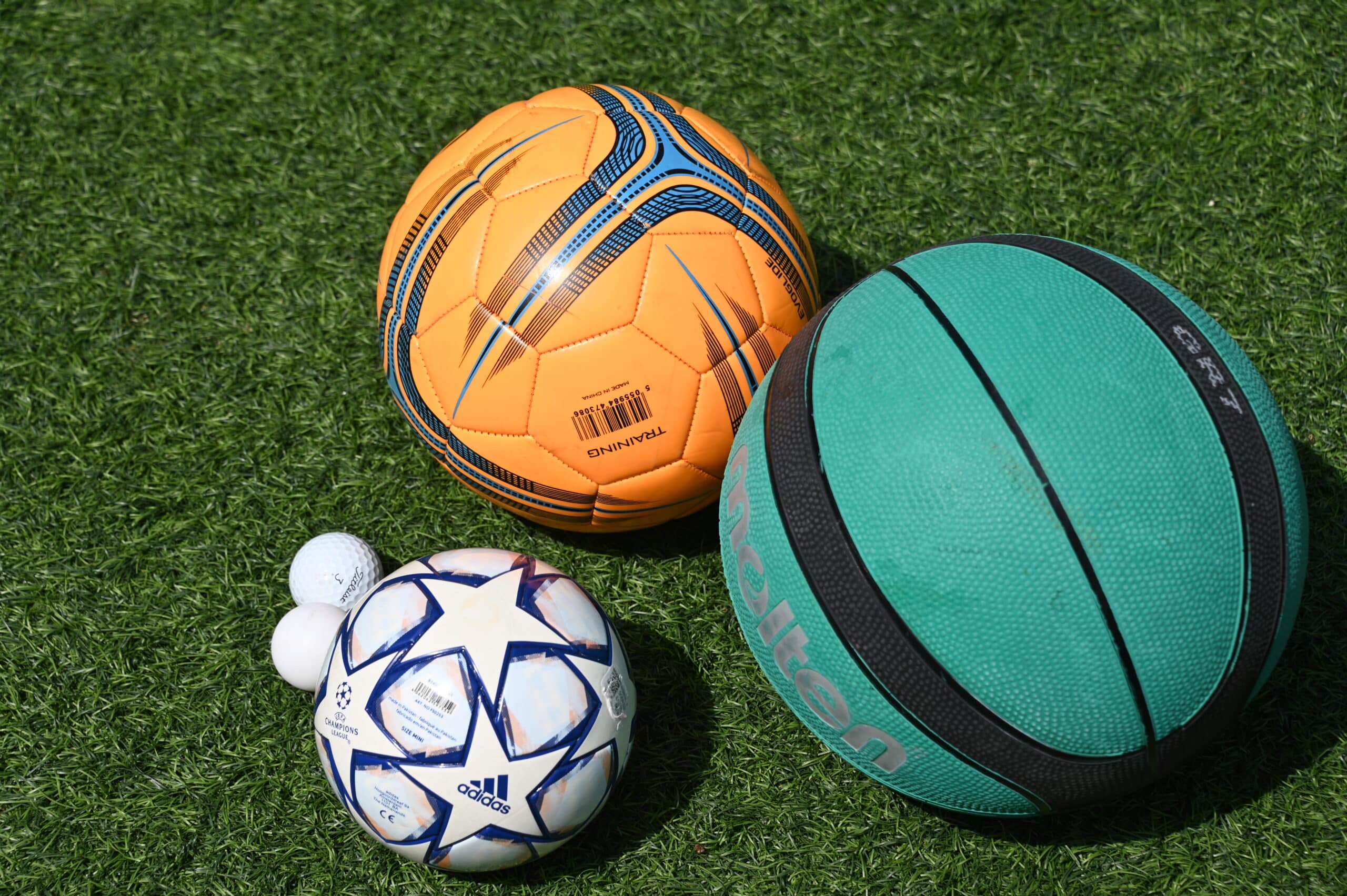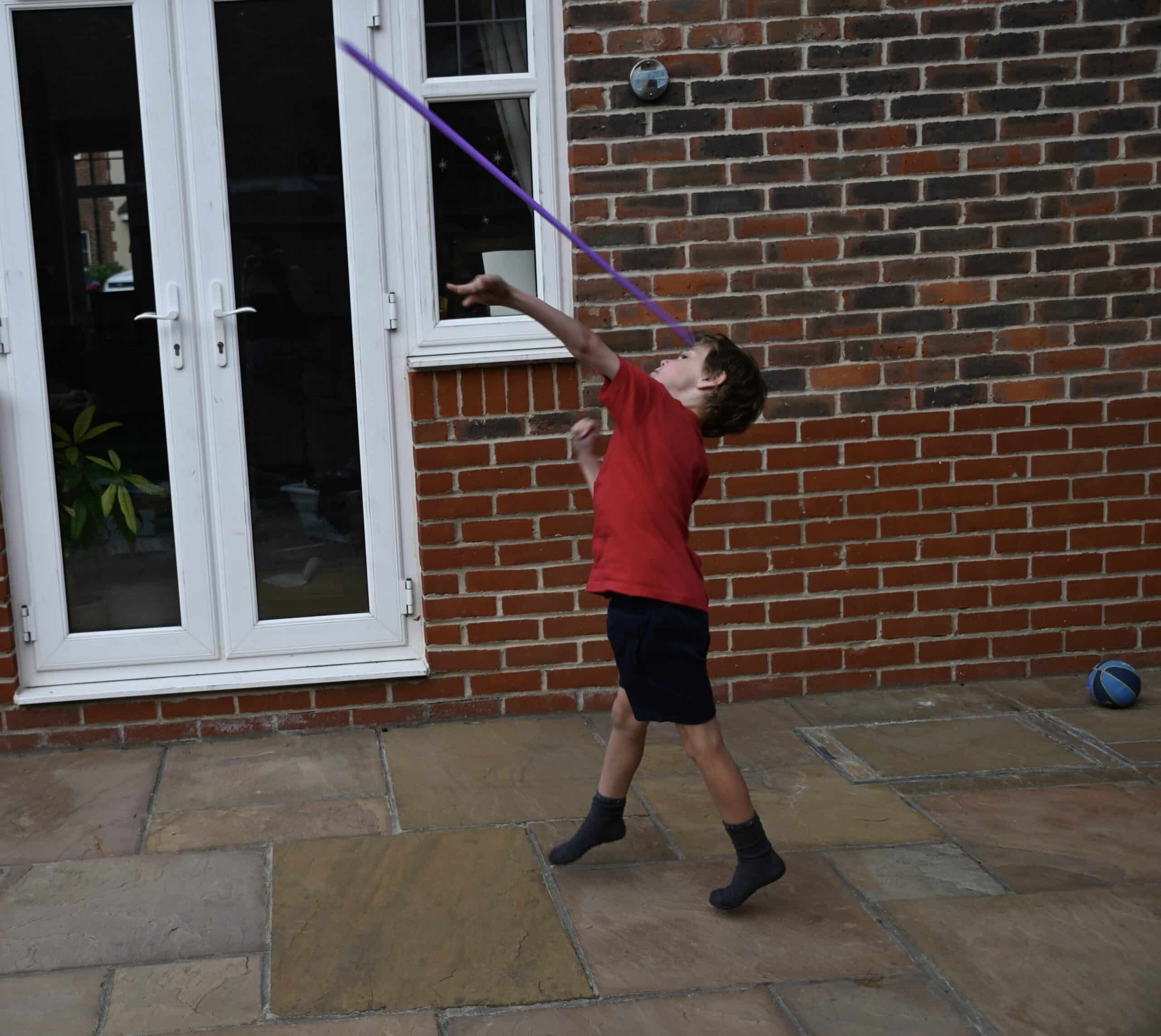Does temperature affect how a ball bounces? This easy science activity uses a football and a fridge to find out.

Does temperature affect how a ball bounces science investigation
You'll need
A football
Fridge
Outdoor space
Instructions
Place a football in the fridge for about 2 hours. Test to see how bouncy it is. Let the ball warm up and test it again!
What's going on?
Footballs, like most bouncy balls, are full of air. The gas molecules inside the ball move around to fill all the space available and can move further apart or closer together. When a football hits the ground, the ground exerts a force on the ball, pushing the ball upwards and the bottom of the ball inwards; this compresses the air inside the ball. As the ball leaves the ground, it returns to its original shape and the air molecules move further apart again. It's this compression and immediate return to the original shape that makes a ball bounce.
This video shows how a ball becomes compressed as it hits the ground.
A soft ball that doesn't have enough air inside has low air pressure inside and will not bounce very high. A ball full of air has high air pressure inside and will bounce well.
Now, we get to the key part.
Higher temperatures lead to greater air pressure, as when air is warm, the gas molecules have more energy and move further apart, which increases the pressure inside the ball.
At a lower temperature, gas molecules move closer together and move around more slowly. The air pressure inside the ball is lower, so it won't bounce as well.
More science experiments using balls
Find out why balls bounce with a simple science activity.
Learn about gravity with a ball drop gravity race.
Try one of my football STEM challenges.
Last Updated on August 8, 2024 by Emma Vanstone




Leave a Reply